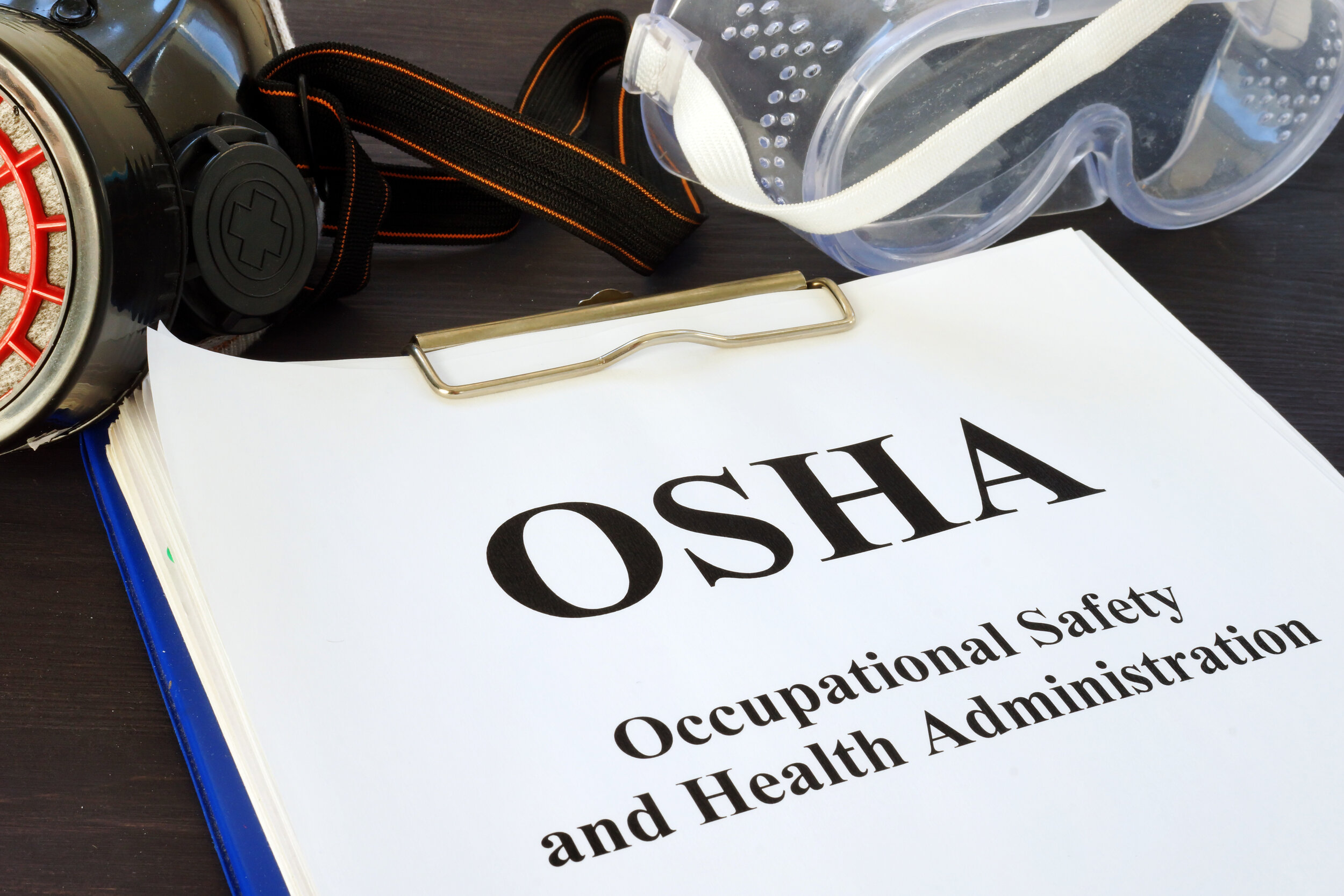According to a recent survey, more than half of US workers are concerned about the health and safety risks of returning to the workplace. About 60% of those surveyed were afraid employers would get rid of some workplace safety protocols too soon and about the same number supported mandatory vaccinations before returning to the workplace. There’s no question it will take time for many workers to feel safe from the risk of contracting COVID-19 and comfortable returning to their pre-pandemic lives.
For businesses trying to get back on track after COVID-19 disruptions, it’s critical that you continue to prioritize workplace safety. At the beginning of the pandemic in 2020, the CDC and the Occupational Safety and Health Administration (OSHA) issued guidelines for creating a safe work environment and preventing the spread of COVID-19 in the workplace. This year, more guidance has been issued:
-
On January 29, 2021, OSHA and the Department of Labor (DOL) issued stronger workplace guidance on COVID-19 mitigation
-
On March 12, 2021, the two agencies issued an updated enforcement response plan.
Find out why your business needs to explore its workplace COVID-19 exposure risks and protocols now so you can step up efforts and ensure compliance with updated OSHA COVID-19 guidance. Learn which employers are most likely to be targeted by OSHA inspections and what your business needs to do now to maintain compliance.
COVID-19 workplace safety now a National Emphasis Program
OSHA published a National Emphasis Program (NEP) in March 2021 to focus its enforcement efforts on preventing viral spread of COVID-19 in the workplace and protecting employees who report unsafe working conditions. OSHA typically uses NEPs to focus its resources on a specific hazard or high-hazard industries. The goal of an NEP is to minimize the risk for these industries by focusing OSHA enforcement efforts on “a combination of inspection targeting, outreach to employers, and compliance assistance.”
This COVID-19 workplace safety NEP targets worksites where employees have increased potential exposure to COVID-19 due to high population density work environments including hospitals, manufacturing facilities, food processing plants, correctional facilities, and high-volume retail settings. OSHA’s enforcement activities include worksite inspections that evaluate company safety measures. With this NEP, OSHA’s current goal is to focus at least 5% of this year’s inspections on COVID-19 safety measures in companies in high-hazard industries.
Additionally, there are state regulations for businesses to consider with regards to COVID-19 workplace safety. Some states such as California, Nevada, Oregon, Virginia, and Washington have designated their own inspection procedures and enforcement plans. For example, California is focusing enforcement of its Emergency Temporary Standard and compliance with the state’s Aerosol Transmissible Disease Standard.
Which employers will be targeted for OSHA inspections?
OSHA has stated that NEP inspections will include some follow-up visits to worksites inspected in 2020. Additionally, businesses in the following industries where employees have a “high frequency of close-contact exposures” should be prepared for potential inspection:
-
Primary targets include businesses in the healthcare industry including dentist offices, home health care, hospitals, nursing homes, and assisted living facilities.
-
Other primary targets are non-healthcare industries such as meat processing plants, supermarkets, full-service restaurants, and correctional institutions.
-
Secondary targets include industries such as food manufacturing, component manufacturing, and agriculture.
With the NEP, OSHA has also indicated it will step up protection of “whistleblowers.” Businesses are obligated to provide a safe and healthful workplace and should not retaliate against any worker who requests an OSHA inspection or reports any unsafe working conditions or exposure incidents related to COVID-19. If your business retaliates against an employee, you should “anticipate being placed at the top of OSHA’s investigation list.”
How should businesses prepare for the possibility of inspection?
Employers, especially those in the high-hazard industries most likely to be targeted, should first review and update their COVID-19 safety documents, programs, and procedures to ensure compliance with the latest guidance, “Protecting Workers: Guidance on Mitigating and Preventing the Spread of COVID-19 in the Workplace.” Be sure that all of your company’s worksites are complying with safety procedures and the OSHA notice covering COVID-19 workplace safety is posted in an accessible location for all employees to review.
-
OSHA’s guidance recommends the following essential elements in a workplace COVID-19 prevention plan:
-
Conduct a hazard assessment.
-
Identify control measures to limit the spread of the virus.
-
Adopt policies for employee absences that don’t punish workers in order to encourage potentially infected workers to stay home.
-
Communicate COVID-19 policies and procedures to all workers including both English and non-English speaking.
-
Implement protections from retaliation for workers who raise concerns.PPP forgiveness may be dependent on OSHA compliance
If your business received a PPP loan, you may also want to pay careful attention to maintaining compliance with the COVID-19-related OSHA NEP. The Small Business Administration’s Paycheck Protection Program (PPP) loan application requires borrowers to certify that they are “in compliance with the applicable OSHA requirements” and will remain so during the life of the loan. Failure to comply with the OSHA guidance could impact the borrower’s eligibility for loan forgiveness and “exposes employers to OSHA findings based on violations of the General Duty Clause.”
Review your safety measures and policies
As an entrepreneur, small business owner, or SMB executive, it is imperative to create and maintain a safe workplace environment for your employees. Whether your business is in a high-hazard industry or you’ve attested to providing a safe environment to secure a PPP loan, it is your responsibility to comply with the latest CDC and OSHA guidance.
To ensure you’re prepared for a potential OSHA inspection, it’s critical to review policies, communicate safety measures, and provide ongoing education and reinforcement to ensure workers stay safe. At Asure, we are committed to connecting you with the right guidance and resources to help you protect your business and your workforce.

